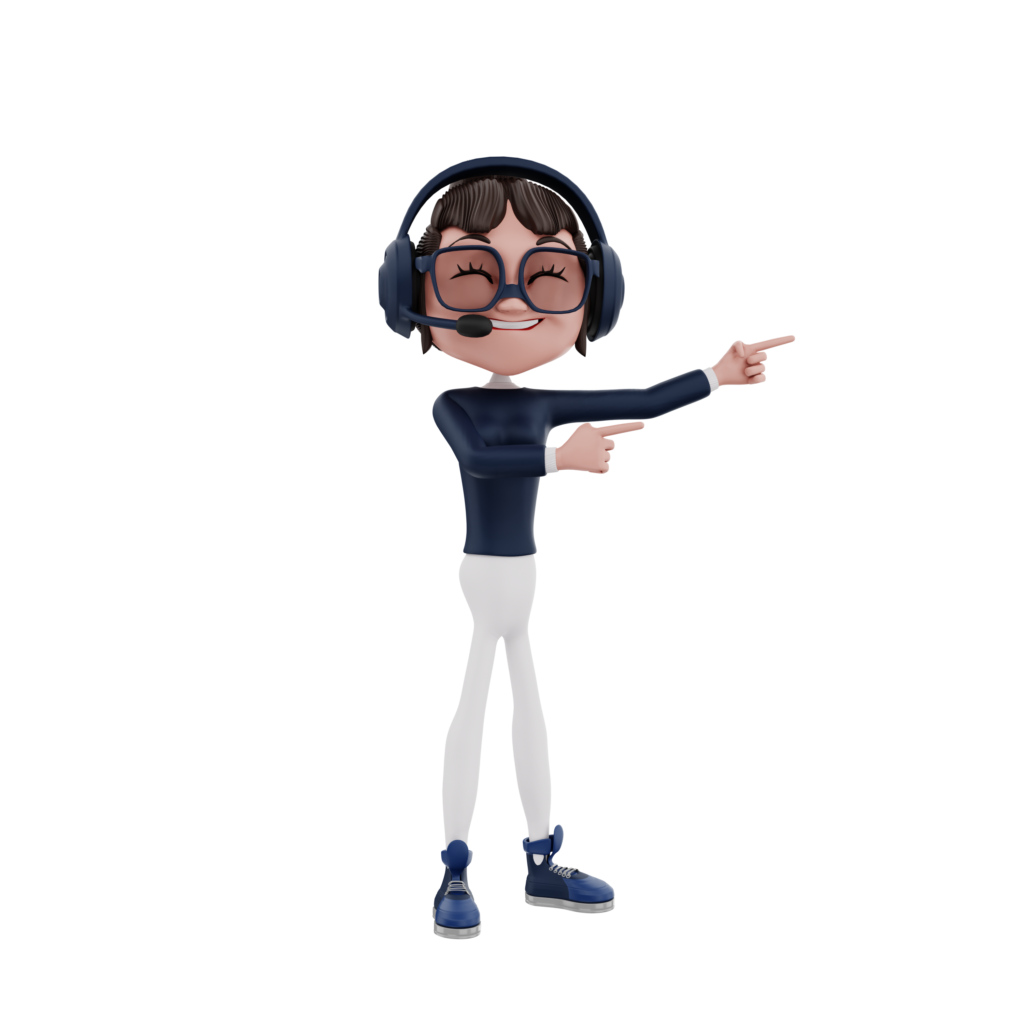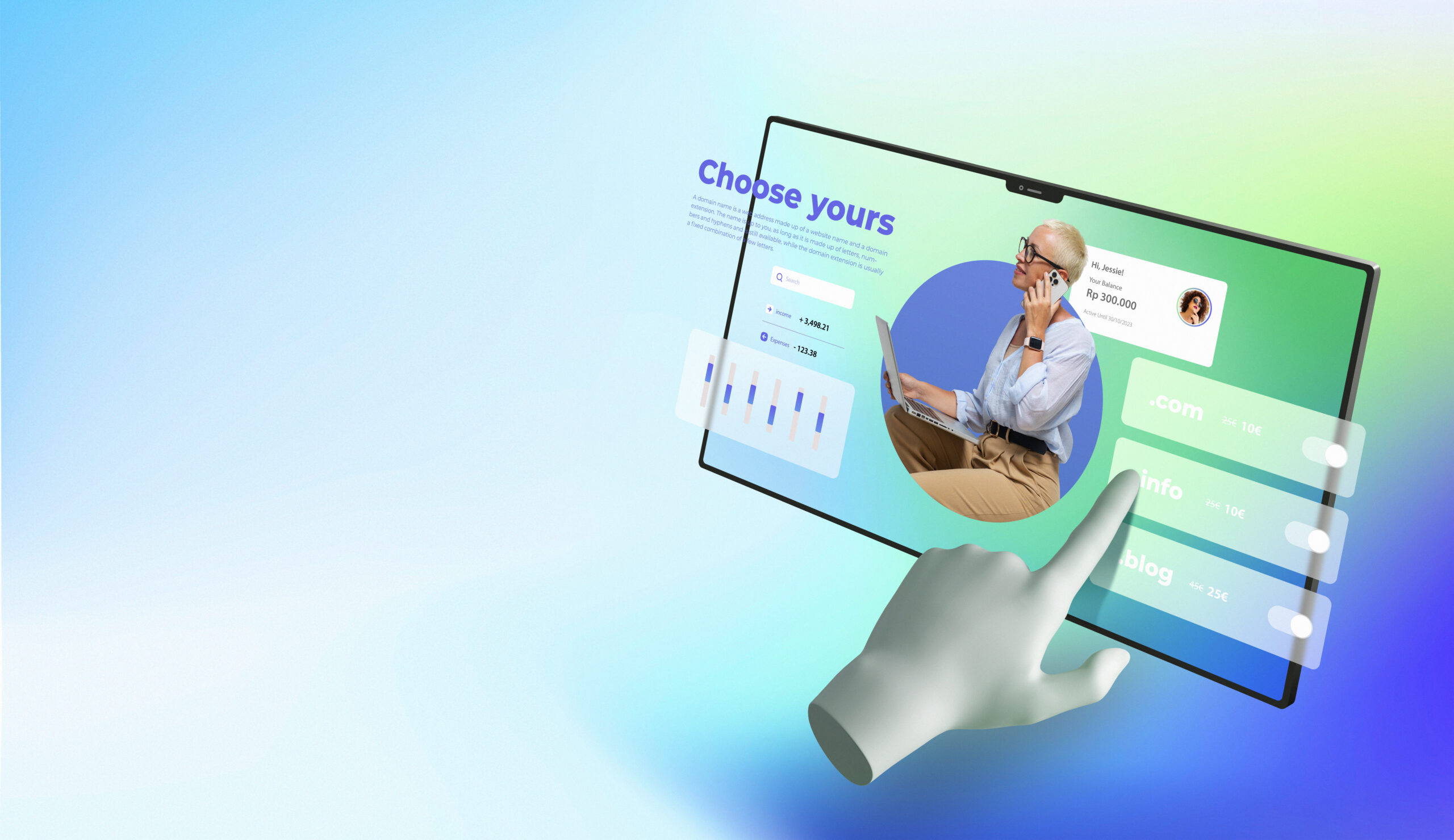Welcome to an exciting realm where technology meets creativity, where the digital world transcends boundaries to offer unparalleled experiences. Virtual reality (VR) has revolutionized the way we interact with the digital domain, making waves across various industries. In this piece, we will delve into the intricacies of virtual reality web development, laying out best practices that ensure a seamless, user-friendly, and engaging virtual experience. Whether you are a seasoned developer or just starting, this guide is crafted to provide valuable insights and practical advice to navigate the world of VR web development with finesse and proficiency.
Experience the next-gen website solutions with our Developers Services.
Understanding User Needs and Expectations
At the heart of any successful virtual reality web development project lies a deep understanding of the end user. It’s crucial to grasp not only their technical capabilities but also their expectations from a VR experience. Users coming to VR seek immersion, engagement, and intuitiveness. To meet these demands, developers should focus on creating environments that are both rich in detail and easy to interact with. Employ user-centered design principles, conduct thorough user research, and incorporate feedback loops to refine the VR experience continually.
Start by identifying the target audience and understanding their familiarity with VR technology. This helps in tailoring the experience to suit both novices and experienced users. Ensure that the VR environment is intuitive, providing clear directions and guidance to help users navigate effortlessly. Please pay attention to the learning curve, ensuring that it is not steep, thus making the VR experience accessible to a broader audience.
Optimizing for Performance and Quality
Virtual reality web development demands a balance between stunning visuals and optimal performance. Users expect a seamless experience, free from lag and disruptions, which makes performance optimization a top priority. Developers should pay meticulous attention to the details, ensuring that graphics are optimized, load times are minimal, and the VR experience runs smoothly across various devices.
Start by optimizing all assets, including textures, models, and animations. Use compression techniques to reduce file sizes without compromising quality. Leverage browser developer tools to identify and address performance bottlenecks, ensuring that the VR experience is streamlined and efficient. Additionally, focus on creating adaptive experiences that can scale according to the user’s device capabilities, ensuring a quality experience regardless of the hardware in use.
If you found this interesting, our subsequent post might pique your interest: Which Big Website Development Trends Will Dominate In 2023.
Ensuring Accessibility and Inclusivity
In the world of virtual reality web development, inclusivity and accessibility stand front and center. They ensure everyone enjoys the VR experience, no matter their abilities. So, what should developers do? Aim to craft experiences for everyone. This means adding features and designs that welcome even those with disabilities.
Start with the basics. Follow known accessibility standards and guidelines. This ensures your VR space is both compliant and welcoming. Think of those who might struggle with usual controls. Offer them alternative ways to interact. And don’t forget about visuals! Simple things like color choice, contrast, and text size matter. They make sure everyone can see and move around your VR space.
But remember, this is just the beginning. We’re laying the foundation for a successful virtual reality web development project. As we dive deeper, you’ll discover more ways to polish your VR world. So, keep an eye out for more insights, handy tips, and solid advice. We’re here to guide you every step of the way in VR web development.
Prioritizing User Safety and Comfort
Diving into virtual reality excites many. So, it’s vital for developers to keep user safety and comfort at the forefront of virtual reality web development. We want users to enjoy the experience, not feel lost, sick, or stressed.
So, what should developers do?
- First, keep frame rates steady. Changes in rate might cause motion sickness.
- Next, be thoughtful with movement in VR. Make sure it matches what users expect to avoid confusion.
- Also, give users choices. Let them tweak viewpoints or comfort settings.
- And importantly, test! Get different users to try it out and provide feedback.
After all, how users feel physically shapes their VR experience. We must make sure they’re as cozy in the VR world as they are in their living room.
Staying Updated with Emerging Technologies and Trends
The field of virtual reality web development is ever-evolving. Developers must stay updated with the latest technologies, tools, and trends to create experiences that resonate with modern audiences. Investing time in professional development, workshops, and training can make all the difference in the quality of your VR projects.
It’s essential to:
- Regularly attend webinars, conferences, and workshops focused on VR to learn from experts in the field.
- Participate in developer communities to share knowledge, ask questions, and stay informed about the latest best practices in virtual reality web development.
- Experiment with new tools and platforms that emerge, understanding their capabilities and limitations.
By staying updated, developers ensure that they’re not only meeting but exceeding user expectations with innovative and fresh VR experiences.
Embracing Feedback and Iteration
Gaining insights from users stands out as a crucial practice for any developer engaged in virtual reality web development. When users share their thoughts and experiences, they provide a goldmine of information. This feedback sheds light on their interactions and overall impression of the VR experience. By actively seeking out and valuing this input, developers position themselves to enhance and perfect their VR projects.
To effectively use feedback
Start by creating easy and straightforward ways for users to give their feedback. Make it a seamless part of the VR experience. Users are more likely to share their thoughts when the process is uncomplicated and direct.
Next, set up regular testing sessions with actual users. Watch them as they navigate through the VR experience. Pay close attention to their actions, their reactions, and listen to their feedback. These sessions are invaluable. They offer a firsthand look at how real users interact with your VR project.
Now, take this feedback seriously. Approach it with an open and positive mindset. Understand that each piece of feedback is a stepping stone towards improvement. Even negative comments are beneficial. They highlight areas for enhancement.
Act on this feedback promptly. Make the necessary changes and adjustments to your VR project. Embrace an iterative design approach. This means you are continuously refining and improving the VR experience.
- Implement feedback channels within the VR experience, making it easy for users to share their thoughts.
- Conduct regular user testing sessions to gather direct feedback and observe user behavior.
- Approach feedback with an open mind, being ready to pivot or iterate based on the insights received.
Feedback, when used constructively, can be the key to transforming a good VR experience into an exceptional one.
Conclusion
Virtual reality offers unparalleled opportunities to captivate and engage audiences. As developers in this transformative space, our responsibility lies in creating experiences that are immersive, accessible, and memorable. By understanding user needs, optimizing performance, ensuring accessibility, prioritizing user safety, staying updated with industry trends, and embracing feedback, we set the stage for virtual reality web development excellence. The digital future is bright, and with these best practices in hand, developers are well-equipped to shape it. Whether you’re just beginning your VR journey or seeking to refine your expertise, remember that the key to success lies in continual learning, adaptation, and a commitment to excellence.


